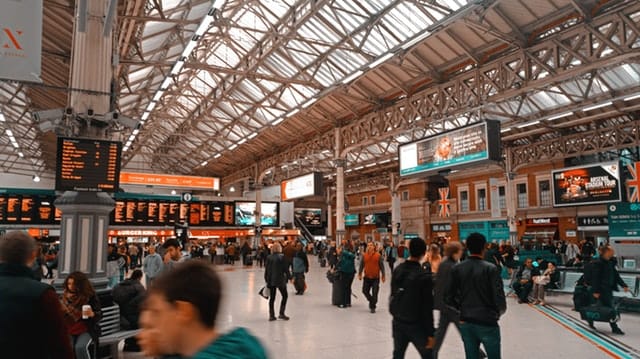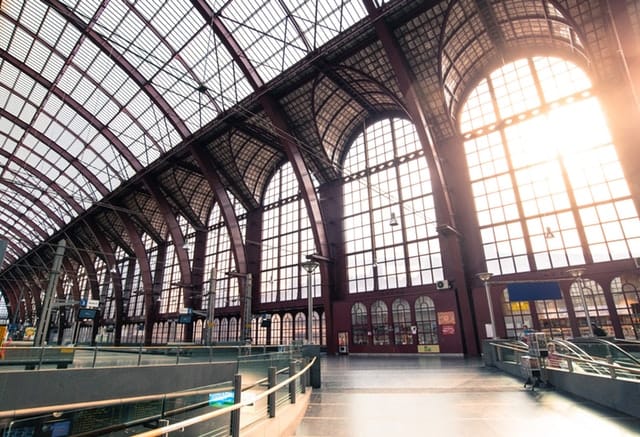Grand Central Station is one of New York City’s most iconic fixtures, right up there with Times Square and the Empire State Building. Only a couple of blocks away from the Westgate NYC Hotel, it’s also close to some of the Big Apple’s most popular attractions like St. Patrick’s Cathedral and Bryant Park.
Located in midtown Manhattan, the terminal is a certified National Historic Landmark that deserves a spot on any tourist’s itinerary. Find out why it’s worth seeing below:
It’s an architectural marvel.
Calling Grand Central a “train station” is the same as calling the St. Peter’s Basilica in the Vatican a “church”. It is the world’s largest railway station, at 44 platforms and 67 tracks, including a rail yard and sidings. The terminal covers 48 acres of prime real estate in Park Avenue and serves an average of 750,000 commuters daily.
In addition to its sheer size, Grand Central can be classified as a work of art on itself. It was designed in the distinctive Beaux-Arts style that has defined turn-of-the-century American Renaissance architecture. The façade and structure of the terminal are made primarily of granite, and the sumptuous interiors use imitation Caen stone, Botticino marble, and pink Tennessee marble.
There’s artwork all around.
The terminal incorporates numerous public artworks into its design, making it a worthy addition to any art lover’s itinerary. Grand Central’s south façade alone features several works of art, including the world’s largest example of Tiffany glass; a 13-foot-wide clock worth 20 million US dollars; the 48-foot-wide Glory of Commerce sculptural group by French sculptor Jules-Félix Coutan; and a 4-ton, 8.5-foot bronze statue of American railroad and shipping magnate Cornelius Vanderbilt, the man responsible for the station’s existence.
Inside, you’ll find the Main Concourse ceiling mural, which was designed in 1912 by French artist Paul César Helleu. Themed after celestial bodies, the artwork contains over 2,500 hand-painted stars and golden bands amidst a turquoise backdrop. Another notable mural is the Graybar Passage mural that was painted by muralist Edward Trumbull in 1927. It is a depiction of American transportation.
Contemporary works of art have been added to the terminal over the years. These include a mixed-media mural called A Field of Wild Flowers made by American visual artist Roberto Juarez, a mosaic made with glass and bronze called As Above, So Below by Brooklyn-based artist Ellen Driscoll, and Sirshasana, a hanging sculpture made with aluminum, polyester resin, and crystals made by Donald Lipski, an American sculptor.

It’s a shopping and dining destination
Since its inception, Grand Central was built with the commuter’s comfort and convenience in mind. When it first opened, it contained several amenities including a ladies’ waiting room, a shoeshine room, a beauty salon, and a barbershop. Today, it houses numerous shops, restaurants, cocktail bars, and other services. The 65 retail establishments include an Apple Store, L’Occitane, M.A.C. Cosmetics, and diptyque.
On the lower dining concourse, you’ll find fast-casual New York institutions such as Shake Shack and Magnolia Bakery, as well as the 107-year-old fine dining restaurant Grand Central Oyster Bar. Grand Central Market occupies its own area, where local vendors sell high-quality gourmet products and fresh produce in a European-style market setting. There’s even a tennis club on the premises called the Vanderbilt Tennis Club which is open to the public from 6 A.M. to 1 A.M.
Grand Central Station is New York in a nutshell: vibrant, exciting and diverse. A full calendar of events means that there’s always something going on, so check it out next time you’re in the city!
